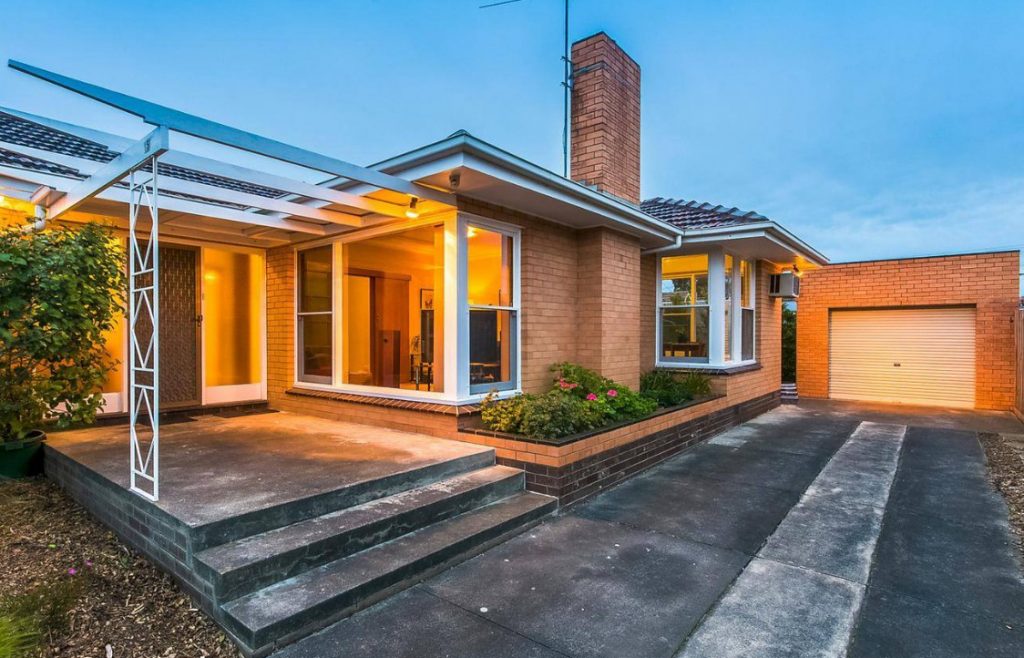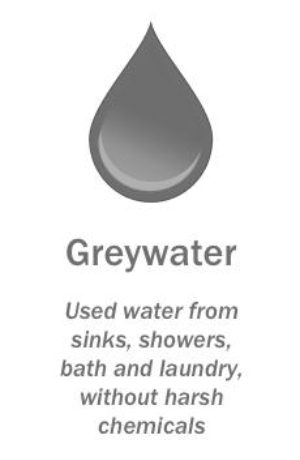In Australia, a lot of homes are built out of brick. It’s not surprising, bricks are solid, durable and good at insulating both sound and heat. But what do you do if you’re attracted to the qualities of bricks, but not the brick-look, or if you’re in an older home, and the brick exterior is starting to look a little weathered and dated? The answer is render.

To render or not to render??
Typically, rending a wall was the act of applying a concrete mix to the external surface of a brick wall in order to create a smooth, or intentionally textured, surface. While a mainstay in Europe, rendering is regarded as more of a modern feature in Australian building, with its popularity ever increasing. As this use has increased, so too has the rendering products available. Joining cement render as an option are pre-mixed acrylic rendering products, which can be applied to surfaces that cement renders have trouble adhering to; they also generally exhibit much faster drying times.

The humble trowel. A renderer’s best friend
In most cases, a render mix is prepared and then applied to a brick wall in even coats using a trowel. Traditional cement renders are made from a combination of cement, sand, and lime, whereas acrylic renders usually come in pre-mixed bags and require the addition of water to get the mix formed to the right consistency. It takes some skill to apply render coats smooth and evenly, though this may not be as much of a priority if you’re going for a rough or textured look, ensuring the mix is right and applied correctly will reduce the chances of the render cracking. To create the finished appearance, top coats can be applied in a variety of ways, from brushes to sponges, depending on your desired look, while some render products allow for an in-colour mix, which means there’s no need to paint the render afterwards.

Aesthetically pleasing…
Although rendering products can help with the waterproofing of your exterior walls, the purpose is predominantly an aesthetic one if you’re wanting to render brick. In term’s of cost, professional rendering is likely to be around $30 – $50 per square metre. These days an average free-standing Australian home is approximately 228 m², and the surface area of the walls on a home this size can be almost as much as that and sometimes more. This means you could expect to pay around $8,000 – $14,000 to render an average single-story home. Double-story homes, or sites that require scaffolding are going to cost more than that, and the price will continue to climb the larger the house.
While the cost of rendering seems high, particularly as the benefits are mainly visual, the value added to the overall worth of a home can be close to, or more than, the price of the rendering itself. This can be an attractive feature for people wanting to sell, while those looking to settle down may be happy to pay for opportunity to gaze upon spectacularly rendered walls every day.

Now that’s some good render…




No Comments